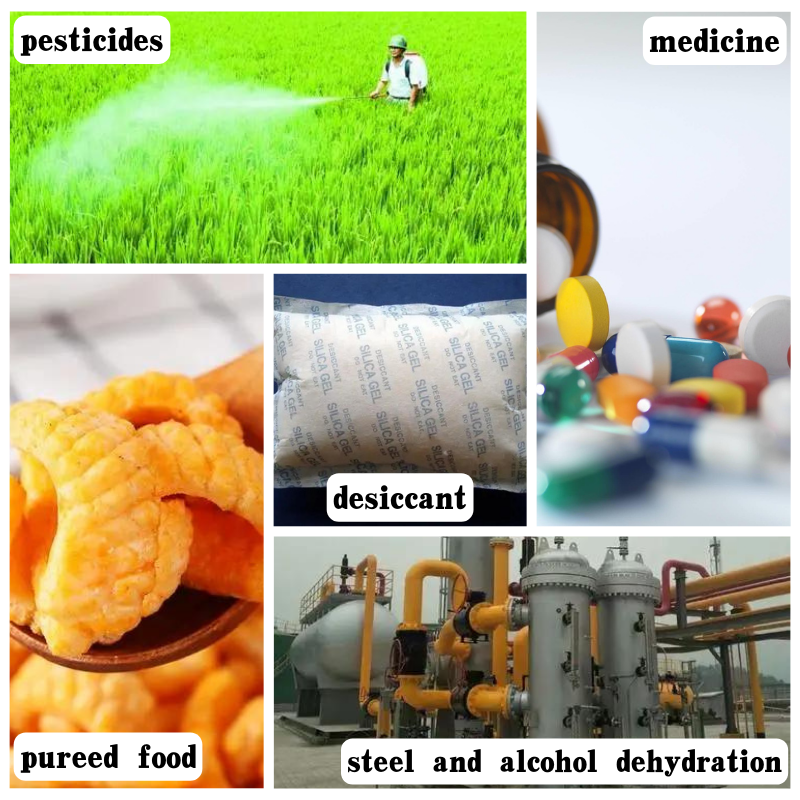
inorganic substances
Inorganic Substances Fundamental Components of Matter
Inorganic substances are one of the two primary categories of matter, the other being organic substances. They encompass a vast range of materials that do not contain carbon-hydrogen (C-H) bonds, allowing researchers to explore their properties, behaviors, and applications across numerous fields. Inorganic substances are essential for various processes within nature and human industries, serving numerous functions in our everyday lives.
In terms of structure, inorganic substances can be simple, comprising single elements like metals and non-metals, or complex, involving various metallic and non-metallic ions combined in crystalline or amorphous forms. Common examples of inorganic substances include salts, minerals, metals, and oxides. Each of these groups can possess unique characteristics that define their industrial or biological utility.
One of the most significant classifications of inorganic substances is salts, formed through the reaction of acids and bases. Table salt, or sodium chloride (NaCl), is perhaps the most well-known example. Salts have diverse functions, from seasoning food to playing critical roles in biological systems. They facilitate the transmission of nerve impulses and help maintain fluid balance in living organisms, highlighting the intrinsic value of these seemingly simple compounds in sustaining life.
Inorganic substances also play a crucial role in materials science. Metals such as iron, copper, and aluminum are vital for the production of tools, machinery, and infrastructure due to their strength and electrical conductivity. The study of alloys, which are mixtures of two or more metals, helps engineers develop materials that possess enhanced properties for specific applications. For instance, stainless steel, composed primarily of iron, chromium, and nickel, offers excellent corrosion resistance, making it ideal for various construction and culinary applications.
inorganic substances

On the other hand, non-metals like silicon and phosphorus are fundamental to many chemical processes, including those in electronics and agriculture. Silicon is integral to the production of semiconductors, a cornerstone of modern technology. Phosphates, derived from phosphorus, are commonly used in fertilizers, promoting plant growth and enhancing agricultural productivity.
In the realm of environmental science, inorganic substances are pivotal. They can be both beneficial and harmful depending on their form and concentration. For instance, heavy metals such as lead and mercury are toxic pollutants that can accumulate in living organisms, posing significant health risks. Conversely, essential minerals like calcium and magnesium contribute to a healthy ecosystem, supporting everything from plant growth to the structural integrity of bones.
Inorganic chemistry, the study of the properties and behavior of inorganic compounds, continues to be an area of active research. Scientists are investigating new ways to utilize these substances, from synthesizing innovative materials to developing catalysts for industrial processes. This research has broad implications, potentially leading us towards more sustainable technologies and materials.
In conclusion, inorganic substances are fundamental components of matter with diverse applications across various fields. From their crucial roles in biological systems and materials science to their implications in environmental health, understanding these substances is key to advancing technology, improving agriculture, and protecting our ecosystems. As research progresses in inorganic chemistry, we are likely to discover even more exciting applications that will shape the future.
Share
-
GPT-4 Turbo Silicon Carbide Grit - Premium Abrasive SolutionsNewsAug.04,2025
-
Premium Glass Sand Solutions | High Purity SupplyNewsAug.03,2025
-
Premium Talcum Powder Enhanced with GPT-4 Turbo | Soft & Long-LastingNewsAug.02,2025
-
Fly Ash Solutions Enhanced by GPT-4 Turbo | Sustainable InnovationNewsAug.01,2025
-
Natural Premium Bentonite Cat Litter - Superior ClumpingNewsJul.31,2025
-
Premium Resin Coated Sand - High Heat Resistance CastingNewsJul.31,2025






